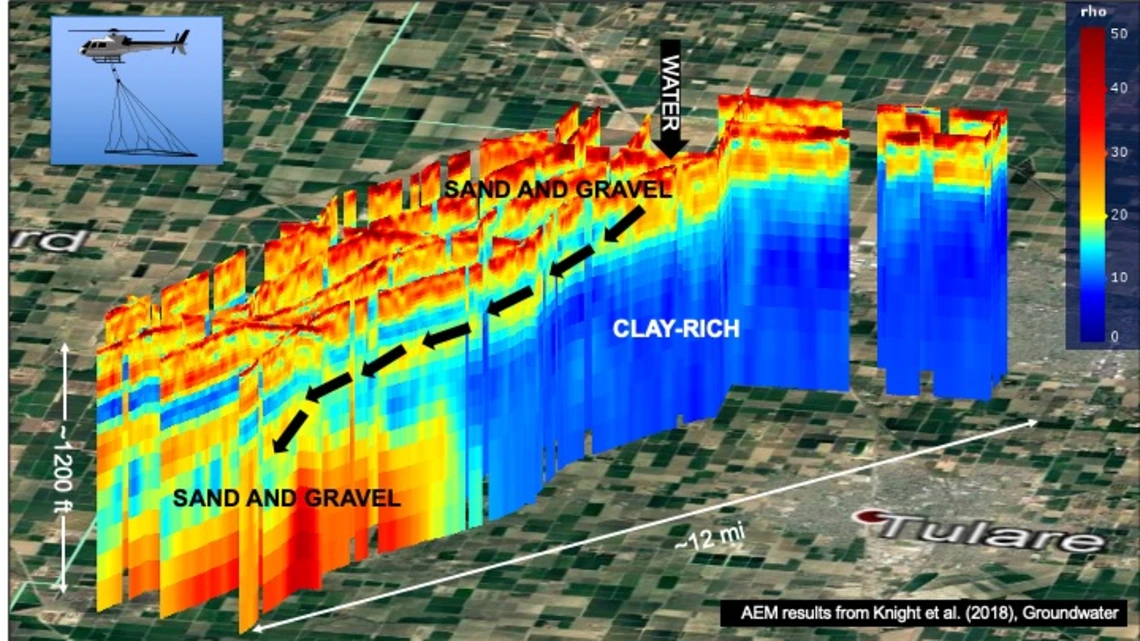
It is time for a new way of thinking about water management in California. Rather than treating floods and droughts as two independent problems, there is growing support for a form of managed aquifer recharge (MAR), flood-MAR: capturing and storing, underground, the floodwaters so that they recharge the groundwater depleted during the times of drought. This WRRC Seminar presentation will discuss the use of geophysical imaging methods to support the search for optimal locations for recharge. The team’s focus is identifying the sites that have the desirable geologic attribute: interconnected pathways of coarse-grained materials that can maximize the quantity and rate of recharge. With a state-wide investment in the acquisition of airborne geophysical data, and with access to a recently developed towed geophysical system, the team has developed the computational workflows needed to use geophysical imaging for both regional scale and local scale assessment. Through a web-based application – fastpath – workflows are being made available for use. By advancing adoption of geophysics, the team is contributing in a foundational way to furthering sustainable groundwater management.

Rosemary Knight completed her PhD in Geophysics at Stanford, joined the faculty at the University of British Columbia, then returned to Stanford in 2000. In 2008, she founded the Center for Groundwater Evaluation and Management (GEM Center) to advance the adoption of geophysical methods for groundwater management. That has been a consistent theme in all that her research group has done for the past 15 years. Dr. Knight likes to say that the banner over her office door reads: Knowledge Into Action.

